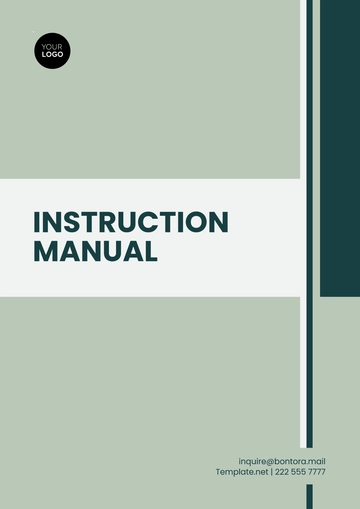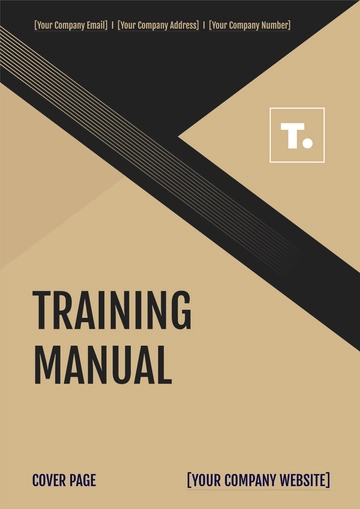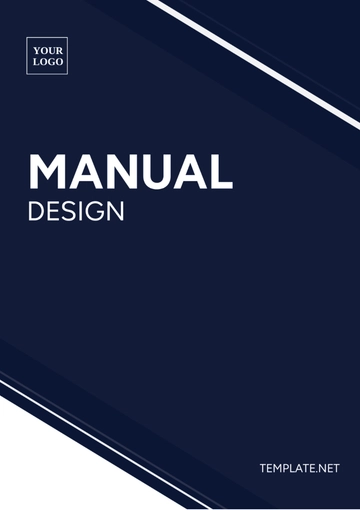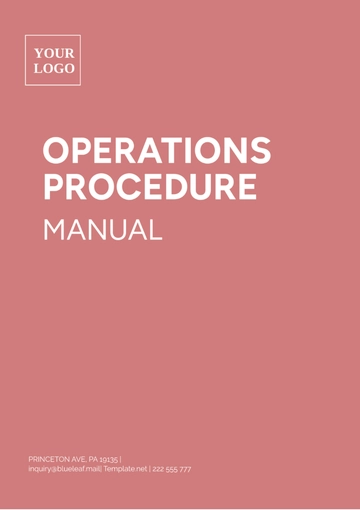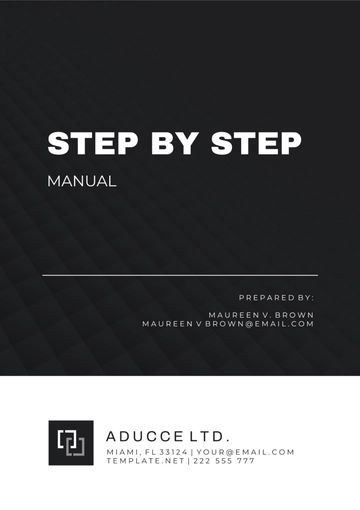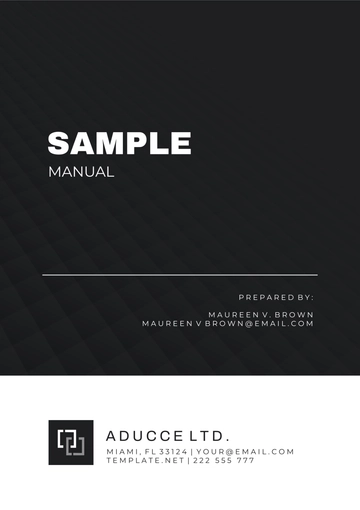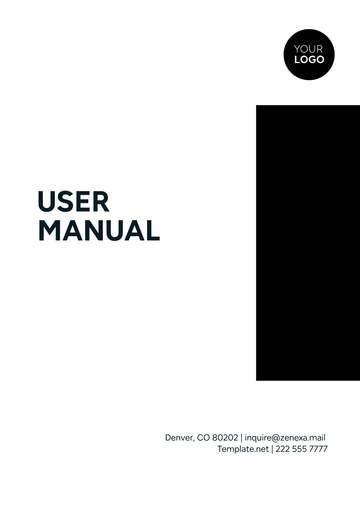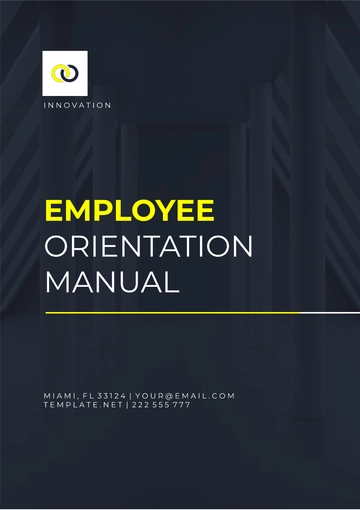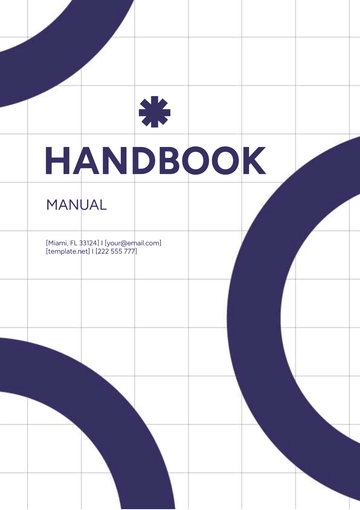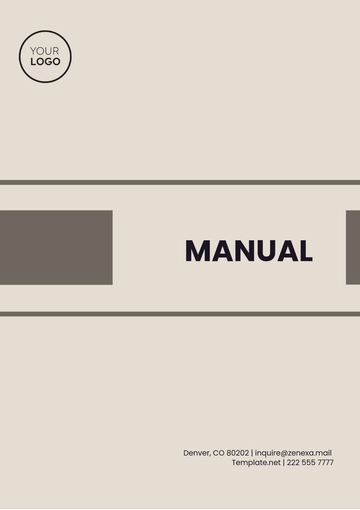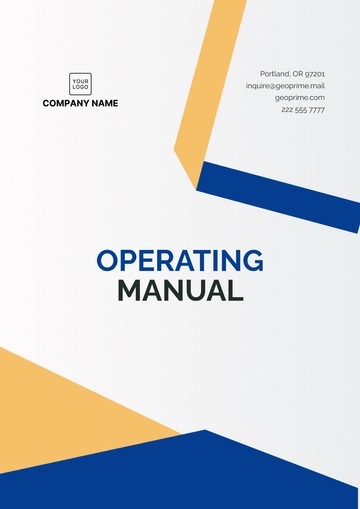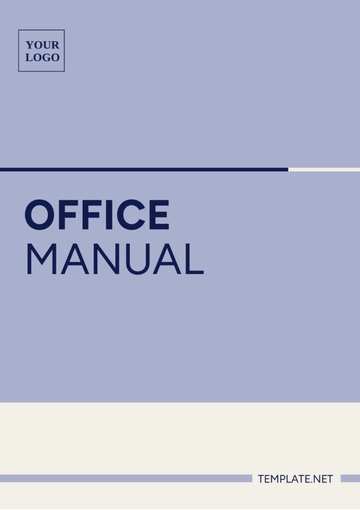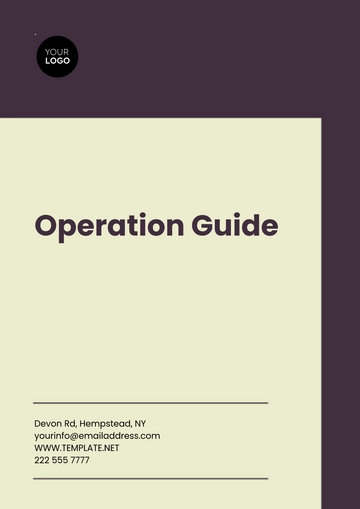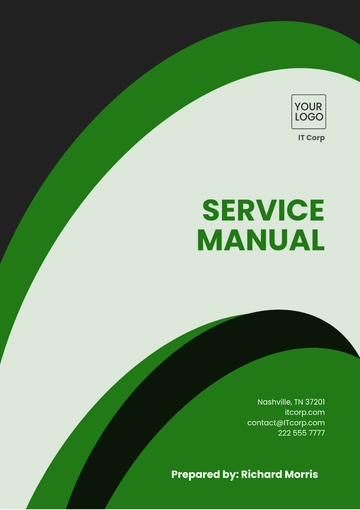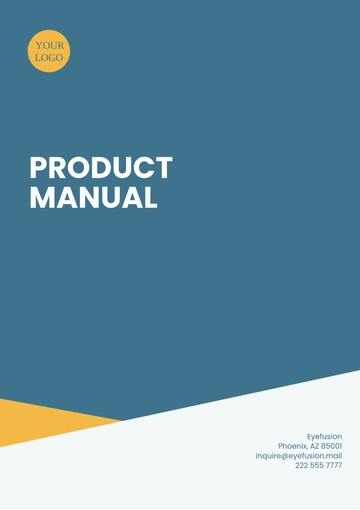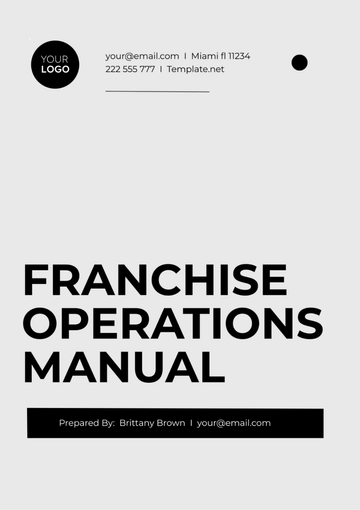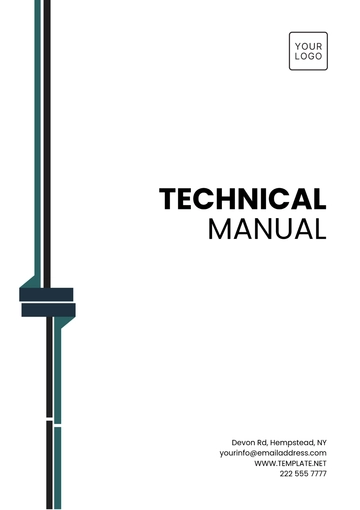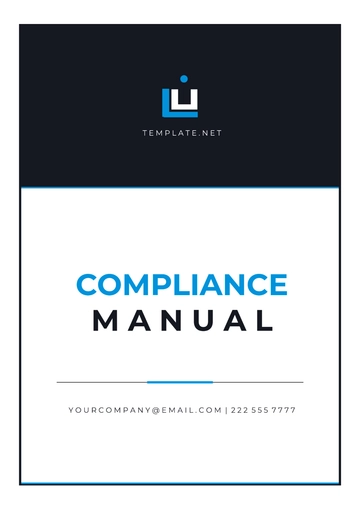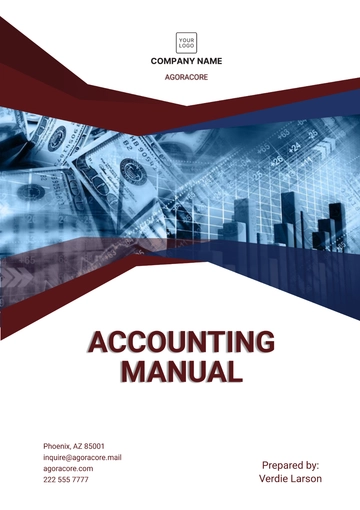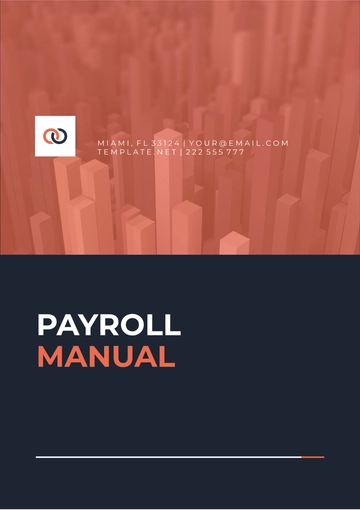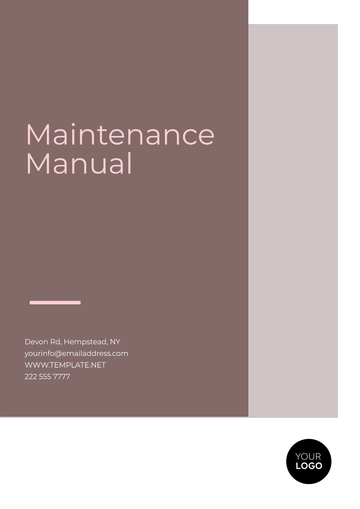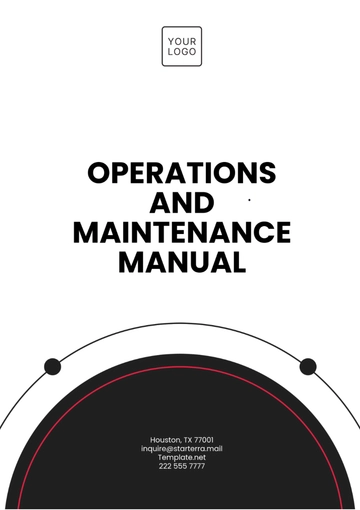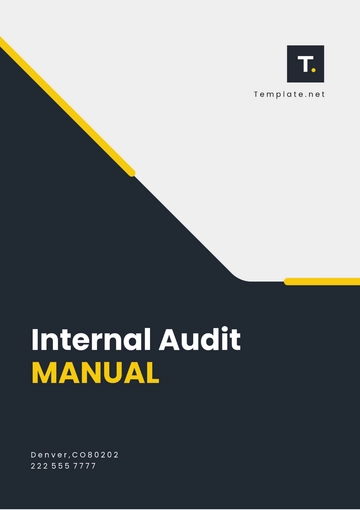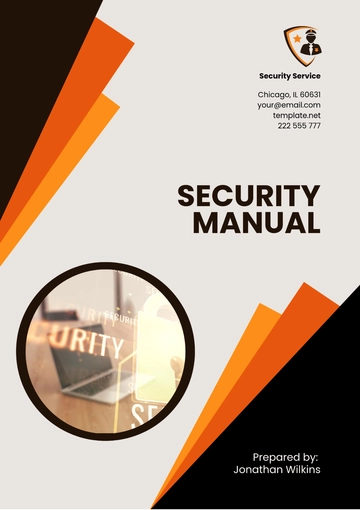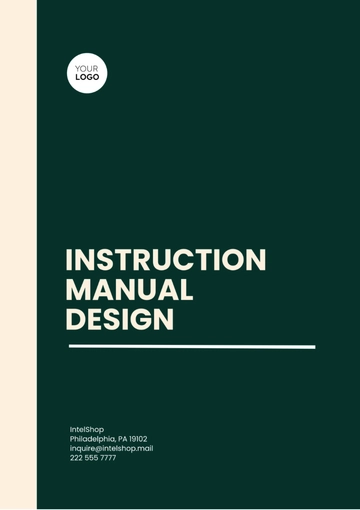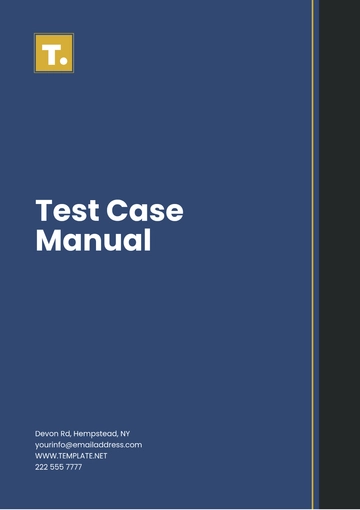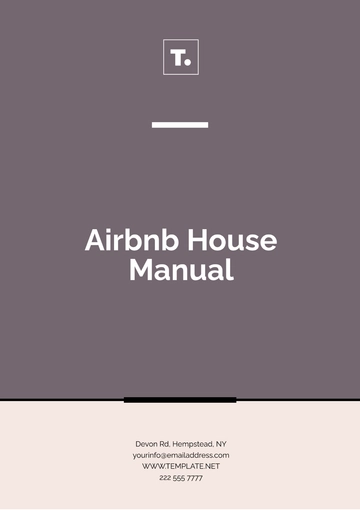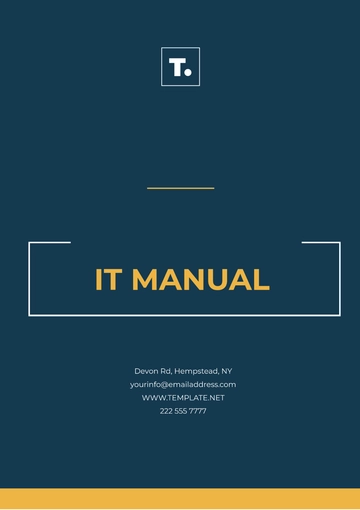Free Legal Implications in Employee Training Manual HR
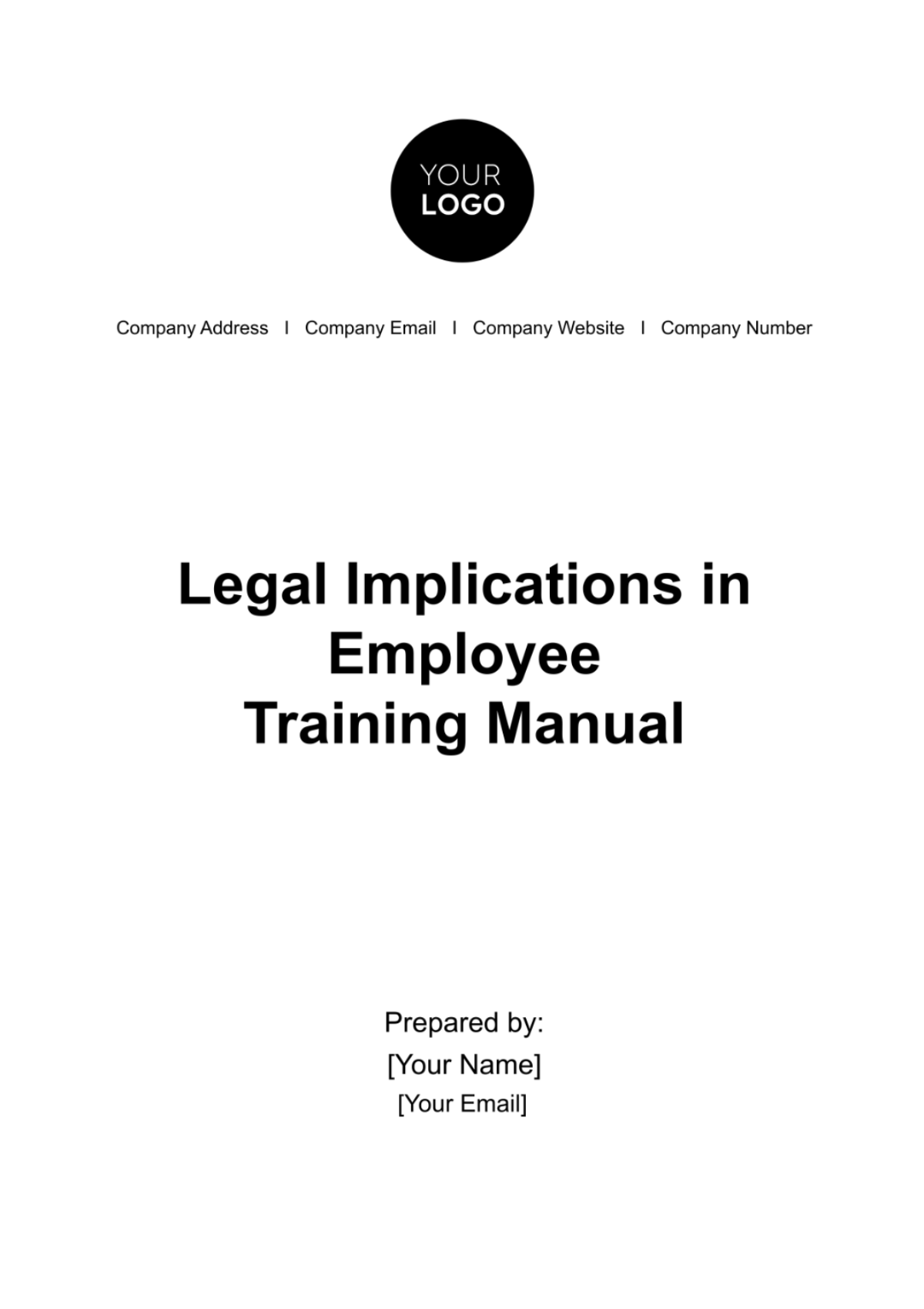
TABLE OF CONTENTS
1. Equal Employment Opportunity (EEO) Laws............................................................3
1.1 Policy Statement........................................................................................................3
1.2 Prohibition of Discrimination and Harassment.......................................................3
1.3 Reporting Discrimination or Harassment................................................................3
1.4 Investigation and Resolution....................................................................................3
1.5 Non-Retaliation Policy..............................................................................................3
1.6 Accommodations for Disabilities.............................................................................4
1.7 Legal Compliance......................................................................................................4
1.8 Continuous Education and Awareness...................................................................4
1.9 Summary of EEO Laws.............................................................................................4
1.10 Questions and Clarifications..................................................................................4
2. Anti-Harassment and Anti-Retaliation Policies........................................................5
2.1 Harassment-Free Workplace...................................................................................5
2.2 Types of Harassment...............................................................................................5
2.3 Reporting Harassment.............................................................................................5
2.4 Investigation and Action..........................................................................................5
2.5 Non-Retaliation.........................................................................................................6
2.6 Training and Awareness...........................................................................................6
3. Workplace Safety and Health....................................................................................6
3.1 Commitment to Safety..............................................................................................6
3.2 Reporting Safety Concerns.....................................................................................6
3.3 Emergency Response..............................................................................................6
3.4 Safety Training..........................................................................................................6
3.5 Safety Equipment and Personal Protective Gear...................................................7
3.6 Reporting Safety Incidents......................................................................................7
3.7 Continuous Safety Improvement.............................................................................7
3.8 Questions and Assistance.......................................................................................7
4. Privacy and Confidentiality........................................................................................7
4.1 Protection of Sensitive Information.........................................................................7
4.2 Employee Responsibility .........................................................................................7
4.3 Handling and Sharing Information ........................................................................8
4.4 Unauthorized Disclosure.........................................................................................8
4.5 Data Protection Regulations....................................................................................8
5. Intellectual Property...................................................................................................8
5.1 Protection of Intellectual Property..........................................................................8
5.2 Unauthorized Use or Disclosure.............................................................................8
5.3 Employee Inventions................................................................................................8
5.4 Reporting Intellectual Property Concerns..............................................................9
5.5 Legal Consequences................................................................................................9
5.6 Questions and Guidance .........................................................................................9
6. Employment Contracts and Agreements ................................................................9
6.1 Understanding Legal Documents............................................................................9
6.2 Implications of Agreements.....................................................................................9
6.3 Consultation with Legal Counsel...........................................................................10
7. Wage and Hour Laws ...............................................................................................10
7.1 Compliance with Wage Laws..................................................................................10
7.2 Minimum Wage .......................................................................................................10
7.3 Overtime Pay............................................................................................................10
7.4 Employee Classifications .......................................................................................10
7.5 Recordkeeping ........................................................................................................10
7.6 Questions and Concerns ........................................................................................11
8. Family and Medical Leave ........................................................................................11
9. Employee Rights to Representation ........................................................................11
10. Compliance and Reporting......................................................................................11
11. Legal Disclaimer........................................................................................................11
12. Training Acknowledgment.......................................................................................11
1. Equal Employment Opportunity (EEO) Laws
1.1 Policy Statement
[Company Name] is firmly committed to providing equal employment opportunities to all employees and applicants. Our organization values diversity and inclusion, and we believe that a diverse workforce enhances our ability to innovate and succeed. To that end, we do not discriminate against individuals based on the following protected categories: race, color, religion, sex, national origin, age, disability, or genetic information.
1.2 Prohibition of Discrimination and Harassment
Discrimination and harassment based on the protected categories outlined above are strictly prohibited within [Company Name]. This prohibition extends to all aspects of employment, including hiring, promotions, compensation, benefits, and termination. Discrimination or harassment may manifest in various forms, including verbal, non-verbal, written, or visual.
1.3 Reporting Discrimination or Harassment
If you believe you have experienced discrimination or harassment or have witnessed such behavior in the workplace, we encourage you to report it promptly. Reporting can be done through the following channels:
Inform your immediate supervisor or manager.
Contact the Human Resources department.
Utilize our anonymous reporting hotline, which allows you to report concerns while maintaining confidentiality.
1.4 Investigation and Resolution
[Company Name] takes all reports of discrimination and harassment seriously and will promptly initiate an investigation into any such claims. Investigations will be conducted impartially and confidentially to the extent possible. Appropriate corrective actions will be taken to prevent further occurrences and to remedy the situation.
1.5 Non-Retaliation Policy
It is against [Company Name]'s policies to retaliate against any employee who reports discrimination or harassment or participates in an investigation. Retaliation includes adverse actions such as termination, demotion, or harassment in response to a complaint. Employees who believe they have experienced retaliation should report it immediately.
1.6 Accommodations for Disabilities
[Company Name] is committed to providing reasonable accommodations to qualified employees with disabilities to enable them to perform their job functions. If you require an accommodation due to a disability, please contact the Human Resources department to initiate the accommodation process.
1.7 Legal Compliance
In addition to federal and state laws, [Company Name] complies with all applicable local laws and regulations related to equal employment opportunity. This includes, but is not limited to, compliance with the Americans with Disabilities Act (ADA), Title VII of the Civil Rights Act of 1964, and the Genetic Information Nondiscrimination Act (GINA).
1.8 Continuous Education and Awareness
To foster a culture of inclusion and respect, [Company Name] conducts periodic training and awareness programs on equal employment opportunity, diversity, and preventing discrimination and harassment. Employees are encouraged to participate in these programs to stay informed and engaged.
1.9 Summary of EEO Laws
Title VII of the Civil Rights Act of 1964: Prohibits discrimination on the basis of race, color, religion, sex, or national origin.
Americans with Disabilities Act (ADA): Prohibits discrimination against qualified individuals with disabilities.
Age Discrimination in Employment Act (ADEA): Protects individuals aged 40 and older from age-based discrimination.
Genetic Information Nondiscrimination Act (GINA): Prohibits discrimination based on genetic information.
State and local laws may provide additional protections, and employees are encouraged to familiarize themselves with these laws.
1.10 Questions and Clarifications
If you have any questions or require clarification regarding our Equal Employment Opportunity policies or your rights and responsibilities, please do not hesitate to contact the Human Resources department.
2. Anti-Harassment and Anti-Retaliation Policies
2.1 Harassment-Free Workplace
[Company Name] is dedicated to maintaining a workplace free from any form of harassment, including sexual harassment. We believe that all employees should be treated with respect and dignity, and harassment is strictly prohibited. Harassment refers to any unwelcome conduct, whether verbal, physical, or visual, that creates an intimidating, hostile, or offensive work environment.
2.2 Types of Harassment
Harassment can take various forms, including but not limited to:
Verbal Harassment: Inappropriate comments, slurs, jokes, or derogatory language.
Physical Harassment: Unwanted physical contact, gestures, or intimidation.
Visual Harassment: Display of offensive images, posters, or materials.
It is essential to recognize that harassment can occur between peers, supervisors, or even individuals outside the organization who interact with employees in a work-related context.
2.3 Reporting Harassment
Employees who believe they have experienced harassment or have witnessed harassment should report it as soon as possible. Reporting harassment is crucial to maintaining a safe and respectful workplace. You can report harassment through the following methods:
Inform your immediate supervisor or manager.
Contact the Human Resources department.
Utilize our anonymous reporting hotline, which allows you to report concerns while preserving confidentiality.
2.4 Investigation and Action
Upon receiving a harassment complaint, [Company Name] will initiate a thorough investigation. The investigation will be conducted impartially and confidentially, respecting the privacy of all parties involved. Appropriate corrective measures will be taken to address and prevent further harassment.
2.5 Non-Retaliation
[Company Name] strictly prohibits retaliation against employees who report harassment or participate in harassment investigations. Retaliation includes any adverse actions taken against an employee in response to a harassment complaint. If you believe you have experienced retaliation, please report it immediately.
2.6 Training and Awareness
To prevent harassment and maintain a harassment-free workplace, [Company Name] conducts regular training sessions and awareness programs for employees and managers. These programs aim to educate participants about the different forms of harassment, prevention strategies, and the importance of reporting incidents promptly.
3. Workplace Safety and Health
3.1 Commitment to Safety
The safety and well-being of our employees are paramount to [Company Name]. We are committed to maintaining a safe and healthy work environment by complying with all relevant safety regulations and standards.
3.2 Reporting Safety Concerns
We encourage all employees to actively participate in maintaining a safe workplace. If you encounter any unsafe conditions, hazards, or have safety concerns, please take the following steps:
Notify your immediate supervisor or manager.
Report the issue to the designated safety officer or representative.
Follow the established reporting procedures for safety incidents or accidents.
3.3 Emergency Response
In the event of an emergency, such as a fire or evacuation, it is crucial to remain calm and follow the established emergency procedures. These procedures are designed to ensure the safety of all employees.
3.4 Safety Training
Employees may be required to participate in safety training programs and drills. These programs aim to educate employees on safety protocols, emergency responses, and best practices for preventing accidents.
3.5 Safety Equipment and Personal Protective Gear
When your job requires the use of safety equipment or personal protective gear, it is essential to use them as directed. These measures are in place to protect your well-being while performing specific tasks.
3.6 Reporting Safety Incidents
In case of a workplace accident, injury, or near-miss incident, employees should immediately report the incident to their supervisor or manager. Accurate and timely reporting is essential for addressing safety concerns and preventing future incidents.
3.7 Continuous Safety Improvement
[Company Name] is committed to ongoing safety improvement efforts. We regularly review and update safety protocols and procedures to align with industry best practices and regulatory requirements.
3.8 Questions and Assistance
If you have questions regarding workplace safety and health or require assistance related to safety matters, please do not hesitate to contact the designated safety officer or the Human Resources department.
4. Privacy and Confidentiality
4.1 Protection of Sensitive Information
At [Company Name], we hold sensitive information in the highest regard. This includes both proprietary company information and personal information about employees, customers, and other stakeholders. It is imperative that all employees uphold the principles of privacy and confidentiality.
4.2 Employee Responsibility
As an employee of [Company Name], you are expected to maintain the confidentiality of all proprietary and personal information you come across during the course of your employment. This includes, but is not limited to:
Financial data
Trade secrets
Business plans and strategies
Customer information
Employee records
Intellectual property
4.3 Handling and Sharing Information
When handling sensitive information, follow these guidelines:
Access only the information necessary to perform your job duties.
Do not share sensitive information with unauthorized individuals or external parties.
Secure physical documents and electronic files with appropriate safeguards.
4.4 Unauthorized Disclosure
Unauthorized disclosure of confidential information is strictly prohibited and may result in disciplinary action, including termination of employment. It is essential to be aware of the potential legal consequences of unauthorized disclosure.
4.5 Data Protection Regulations
[Company Name] complies with data protection regulations applicable in our region. This includes adhering to the principles of data minimization, consent, and data subject rights. If you handle personal data as part of your role, familiarize yourself with our data protection policies and procedures.
5. Intellectual Property
5.1 Protection of Intellectual Property
[Company Name] holds the rights to its intellectual property, which includes copyrights, trademarks, patents, and trade secrets. Intellectual property is essential to our business success and competitiveness. All employees are expected to respect and protect these rights.
5.2 Unauthorized Use or Disclosure
Unauthorized use, reproduction, distribution, or disclosure of [Company Name]'s intellectual property is strictly prohibited. This includes, but is not limited to:
Reproducing copyrighted materials without permission.
Using company trademarks without authorization.
Sharing proprietary information with external parties.
5.3 Employee Inventions
If you create or develop intellectual property while employed at [Company Name], it may be subject to our intellectual property policies. This includes inventions, software, designs, and other creations. Be sure to understand and comply with any agreements related to intellectual property.
5.4 Reporting Intellectual Property Concerns
If you become aware of any potential misuse or infringement of [Company Name]'s intellectual property, please report it promptly to your supervisor or the legal department. Early detection and resolution of intellectual property concerns are crucial for protecting our assets.
5.5 Legal Consequences
Failure to respect and protect intellectual property rights may lead to legal action against both individuals and [Company Name]. Employees should be aware of the legal implications of intellectual property violations and act in compliance with intellectual property laws and policies.
5.6 Questions and Guidance
If you have questions about intellectual property or require guidance on intellectual property matters, please contact the legal department or consult our intellectual property policies.
6. Employment Contracts and Agreements
6.1 Understanding Legal Documents
[Company Name] may require employees to sign various legal documents, including but not limited to employment contracts, non-compete agreements, non-disclosure agreements (NDAs), and intellectual property agreements. It is essential to read and fully understand the terms and conditions of these documents before signing them.
6.2 Implications of Agreements
These agreements may have significant implications for your employment and post-employment activities. Employment contracts, for instance, outline your job responsibilities, compensation, and termination conditions. Non-compete agreements restrict your ability to work for competitors after leaving [Company Name], while NDAs protect sensitive information.
6.3 Consultation with Legal Counsel
If you have questions or concerns about the terms of any legal agreement presented to you, it is advisable to seek legal counsel or consult with [Company Name]'s legal department. Understanding your rights and obligations is essential to make informed decisions.
7. Wage and Hour Laws
7.1 Compliance with Wage Laws
[Company Name] complies with all federal, state, and local wage and hour laws. These laws govern various aspects of employment, including minimum wage, overtime pay, and employee classifications (exempt vs. non-exempt).
7.2 Minimum Wage
Minimum wage laws ensure that employees receive a fair and legally mandated minimum wage for their work. [Company Name] adheres to minimum wage requirements and regularly reviews and adjusts employee compensation to remain compliant.
7.3 Overtime Pay
For employees eligible for overtime, [Company Name] pays overtime wages as required by law. Overtime typically applies to hours worked beyond a standard workweek, usually 40 hours. Employees will receive overtime pay or compensatory time off as per applicable regulations.
7.4 Employee Classifications
Wage and hour laws classify employees as either exempt or non-exempt from overtime pay. Exempt employees are typically salaried and not eligible for overtime, while non-exempt employees are eligible. [Company Name] ensures proper employee classification to comply with regulations.
7.5 Recordkeeping
Accurate and complete record keeping of employee work hours, wages, and other related data is crucial for wage and hour law compliance. Employees are responsible for accurately reporting their work hours.
7.6 Questions and Concerns
If you have questions or concerns about your pay, work hours, or wage and hour laws, please contact the Human Resources department. [Company Name] is committed to resolving such matters promptly and in compliance with applicable regulations.
8. Family and Medical Leave
Employees may be eligible for leave under the Family and Medical Leave Act (FMLA) or other applicable laws. If you require leave for qualifying reasons, please follow the FMLA request process outlined in HR policies.
9. Employee Rights to Representation
If applicable, employees have the right to union representation or other forms of representation in accordance with labor laws. [Company Name] respects these rights.
10. Compliance and Reporting
Employees are encouraged to report any violations of legal or ethical standards, including concerns about discrimination, harassment, safety, or other legal matters. You can report such concerns to HR, your supervisor, or through our anonymous reporting hotline. Retaliation for reporting violations is strictly prohibited.
11. Legal Disclaimer
The information provided in this manual is for general guidance only and does not constitute legal advice. For specific legal matters or concerns, consult with legal counsel.
12. Training Acknowledgment
I acknowledge that I have received and read the Legal Implications in Employee Training Manual and understand my responsibilities and rights as outlined above.
Employee Name: Craig Patterson
Signature: _________________________
Date: March 17, 2057
- 100% Customizable, free editor
- Access 1 Million+ Templates, photo’s & graphics
- Download or share as a template
- Click and replace photos, graphics, text, backgrounds
- Resize, crop, AI write & more
- Access advanced editor
Craft legally sound HR training manuals with our Legal Implications in Employee Training Manual HR Template. Covering compliance requirements, legal considerations, and best practices, it ensures your training materials align with employment laws. Keep your organization compliant and well-prepared with this comprehensive guide to employee training.
